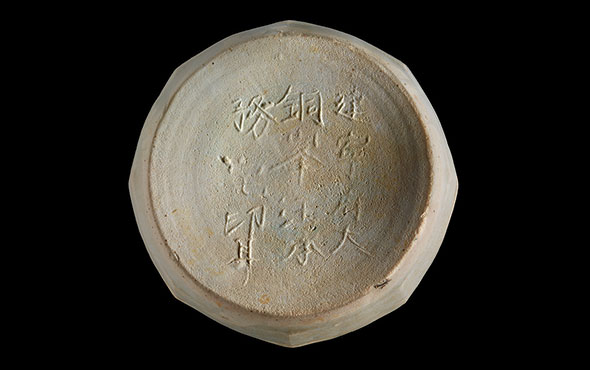
TUSCON, ARIZONA—According to a UPI report, scientists led by Richard Owen of Hong Kong Baptist University examined sediment cores taken from Lake Magadi in East Africa’s Rift Valley, and found that climate change, and periods of drought in particular, may have driven hominin evolution. The study links the beginning of a trend toward “intense aridification” some 575,000 years ago, as reflected in the sediment cores, with the development of more sophisticated and wide-ranging stone tool technologies sometime between 500,000 and 320,000 years ago. Owen explained that as the climate varied, the region’s mammal fauna changed, and the toolkits found in the area’s archaeological record also evolved. Andrew Cohen of the University of Arizona added that the earliest-known modern Homo sapiens fossils, which were unearthed in Morocco, also date back to about 325,000 years ago, at a time when the sediment cores indicate a period of severe drying occurred. For more on the discovery of these fossils in Morocco, go to “Homo sapiens, Earlier Still.”










